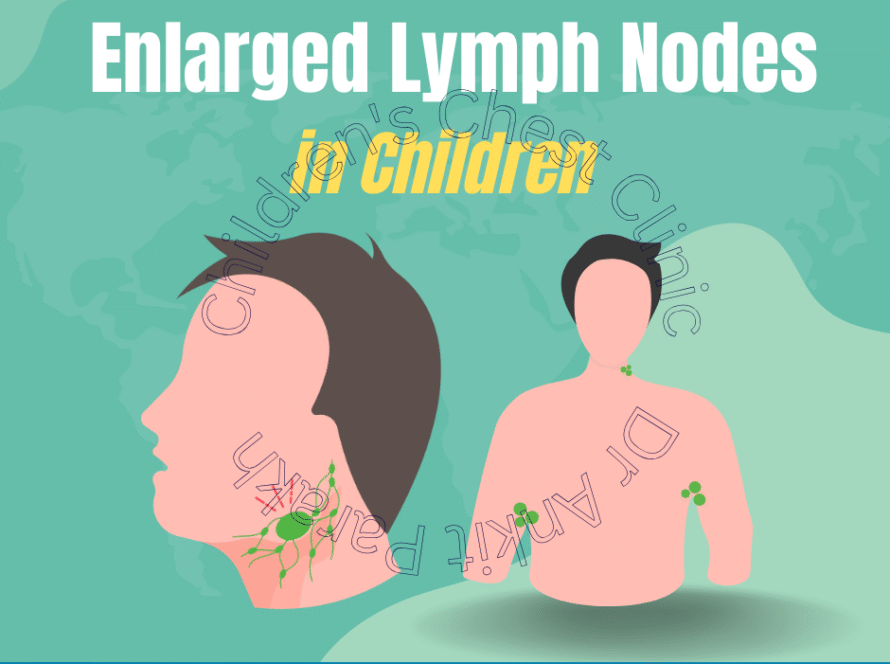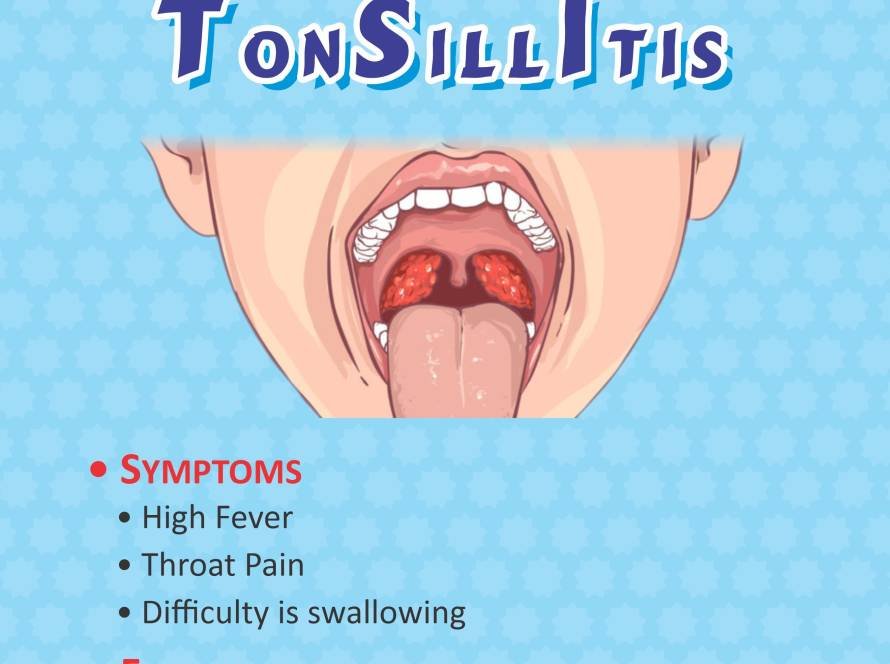Allergic conjunctivitis is a common eye problem affecting almost 20% of the population worldwide. In patients with allergic conjunctivitis the conjunctiva (outer lining of the eyeball) gets inflamed due to allergic reaction to environmental allergens. Contact with these allergens leads to the eye getting red, inflamed, watery and itchy. Symptoms of allergic conjunctivitis could be present during a particular season or it could be present throughout the year depending on the particular allergen to which the child is allergic. In addition, many children with allergic conjunctivitis also have nasal allergies or allergic rhinitis, sinusitis and asthma.

Is allergy testing necessary to find out what is causing allergic conjunctivitis?
The diagnosis of allergic conjunctivitis in children is usually based on history and eye examination findings. Allergy testing like skin prick tests and blood allergy tests like ImmunoCap could be very useful in identifying the culprit allergens. Allergy testing is usually recommended in children with allergic conjunctivitis if they have symptoms throughout the year, allergic conjunctivitis persisting for a long time or symptoms are poorly controlled with anti-allergy drops. Identification of a particular allergen leading to allergic conjunctivitis would be useful in advising allergen avoidance and in some situations treating allergies with immunotherapy, as detailed later in the blog.
How do we treat allergic conjunctivitis?
The principles of treatment of allergic conjunctivitis is based on allergen avoidance, using artificial tear drops and specific medicines to reduce the allergic inflammation in the eye. In children who have seasonal allergic rhinitis due to pollen it is advisable using glasses or goggles while outdoors. Keeping windows closed specially during the morning and afternoon time is recommended. Bathing after coming from outdoors (including hair wash) helps in removing allergens from the eyes, hair and skin. Frequent washing of bed sheets and pillow covers is helpful. Frequent vacuuming and wet mopping is recommended.
What medication(s) are used to treat allergic conjunctivitis?
Artificial tear drops are very helpful in treatment of allergic conjunctivitis. Artificial tear drops help to rinse the eye, remove allergens, and help calm down inflammation in the eye. Artificial tear drops also reduce rubbing of the eye, as this can make allergic conjunctivitis worse. Dual action anti-allergy drops are the most modern and effective option available. They work by mast cell stabilization and histamine H1 antagonist action. Commonly available dual-action agents are olopatadine, azelastine, bepotastine, and alcaftadine. Dual-action agents work best when used daily for at least a few weeks. Steroid eye drops are also commonly used for treatment of allergic conjunctivitis. The new generation of specific steroid eye drops like loteprednol are effective and safe. It is highly recommended the above treatment is used as per the guidance of your treating physician.
What options are available if anti-allergy eye drops are not helping?
Children who are unresponsive to above mentioned medicines, dual action agents and low potency steroids other options need to be considered for symptomatic relief and preventing eye complications. These options could be using Tacrolimus as drops or eye ointment and steroid injections into the eyelids.
In some children who are sensitised to perineal allergens like dust mites, immunotherapy either in the form of subcutaneous or sublingual could be a very effective long term option in reducing the severity of allergic conjunctivitis. This could be especially useful in children who have multiple allergies like allergic nose or rhinitis, sinusitis and asthma.






